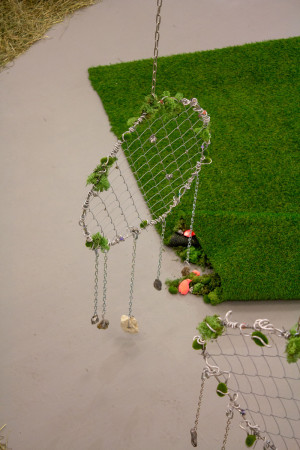
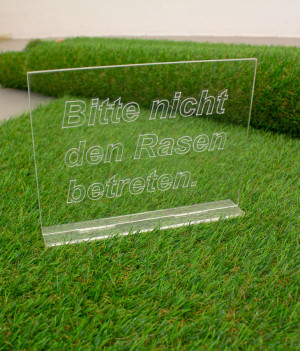

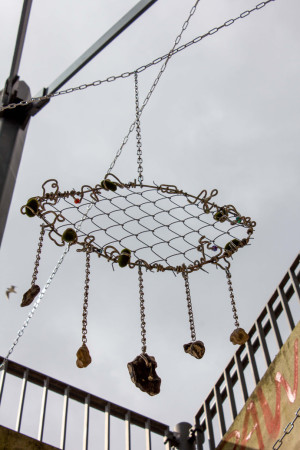
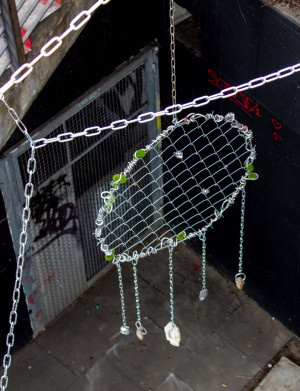

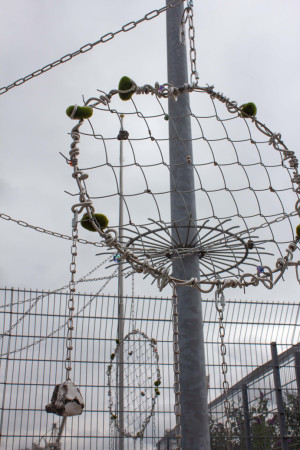

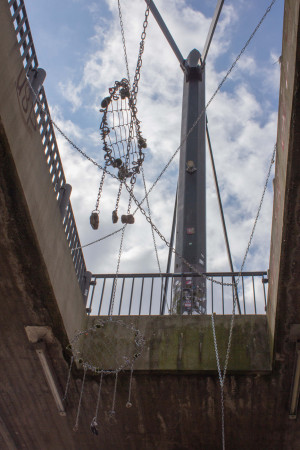




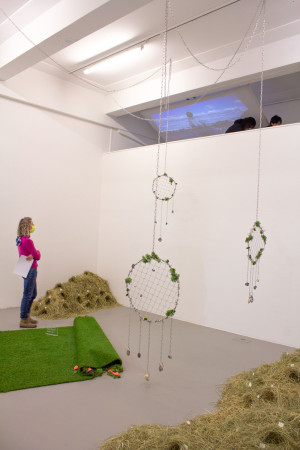



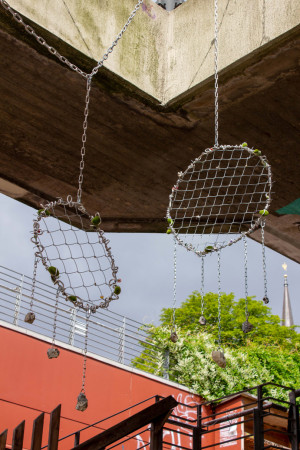

Dreamcatchers



















ł₣ ɎØɄ ₩₳₮ɆⱤ ₩₳₮ɆⱤ ł₮ ₲ⱤØ₩₴
Space HFBK, Hamburg
a closed dog, an open blanket
Golden Pudel Club, Hamburg
Lift on Lift Off
Mundhalle, Hamburg
It’s fascinating that dreams take us to other places, they allow us to wonder of into other worlds and transform our world just by wondering around in other realities in the ratio that is possible for the individual to imagine.Dreaming can take on many faces, from just having a daydream and relaxing in ones head to making a life changing decision, political changes and even ending up in a horrific nightmare that started as a harmless dream for a better life.
Dreamcatchers orriginate from the Native American and First Nation cultures, namely the “Ojibwe” culture. They were originally created by a spider woman, known as “Asibikaashi” whom created them as protective charms for children. Originally they where not explicitly connected to dreams but rather as an apotropaic charm that intended to turn away harm or evil influences, as in deflecting misfortune or averting the evil eye.It was made using willow hoops and sinew, or cordage made from plants. In the 1960s and 1970s it adopted into the Pan-Indian-Movement and became a symbol of unity among the various Native American cultures and a general symbol of identification with Native American or First Nation cultures.In the 1980s it became a marketable over-commericialized object outside the pan-Indian communities, bearing little resemblance to the traditional styles misappropriated and misused by non-Natives.
The absurdity of the turn that this object has taken is where this installation originates. Nowadays you find it being sold everywhere in decorational or esotherical contexts. What used to be made by hand and out of materials to be found in nature now is manufactured very cheap and fast in a factory. What once was a protective charm for children, later became a decorational object. How fast humans can turn the most beautiful things into a nightmare to begin with?
The installation reveals this unpleasant and disgusting part of the industry that appropriated this object for a profitable reason. While also imagining how the over manufactured dreamcatcher would or should really look. The material that was used to create the pieces is far from natural. The plastic moos balls and the astroturf are just a replica of what they resemble. The repulsive and harsh materials like the wire mesh fence and the wire that surrounds the fence resembles the brutal reality that is being supressed with the object especially in an esotherical context. Because dreaming has also a lot to do with unfullfilled dreams and unwanted concequences. With intentions that just didn’t end up like they where ment to be.
Steel, aluminium, moss balls,
chicken gods, astro turf, wire
mesh fence, cetraria islandica.